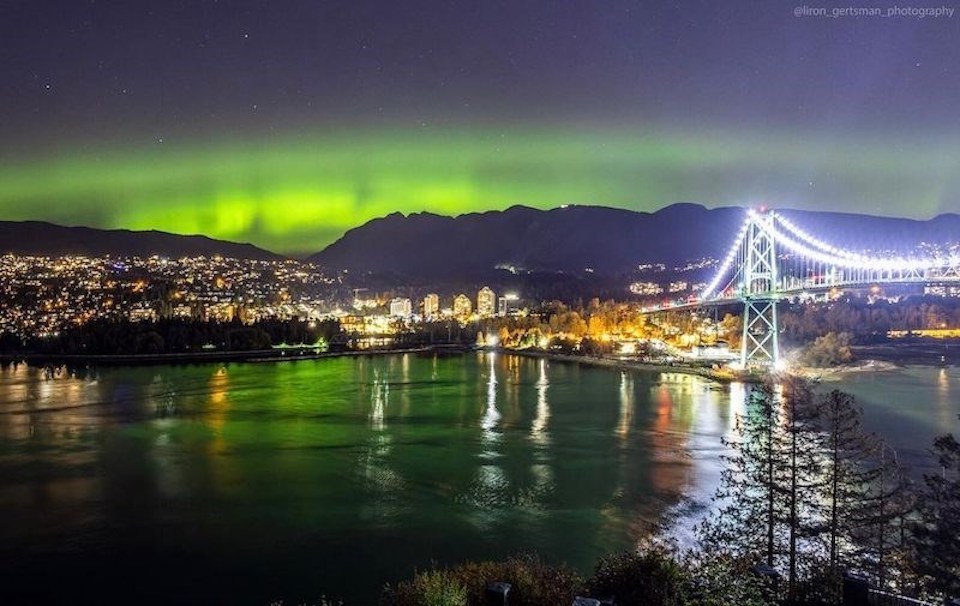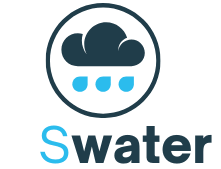Aurora forecast vancouver- The cosmos has aligned to offer Vancouver residents something truly extraordinary—a rare opportunity to witness the mesmerizing northern lights dancing across our typically aurora-free skies. As space weather forecasters track an incoming severe geomagnetic storm, excitement builds throughout Metro Vancouver for what could be one of the most spectacular celestial displays of the year.
Understanding the Science Behind Tonight’s Celestial Show
What Triggers Aurora Borealis This Far South

Space weather operates on a scale that most of us rarely consider in our daily lives. Deep within the sun’s core, nuclear fusion creates an incredibly dynamic environment where magnetic field lines twist, snap, and reorganize with tremendous energy. When these magnetic reconnection events occur near the sun’s surface, they launch billions of tons of charged particles into space at speeds exceeding one million miles per hour.
This solar material, known as a coronal mass ejection (CME), becomes the raw ingredient for aurora displays when it collides with Earth’s magnetosphere. The American National Oceanic and Atmospheric Administration has classified the approaching storm as G4-level, placing it in the “severe” category on their five-point scale.
Why Vancouver is in the Aurora Zone Tonight
Under normal circumstances, Vancouver sits well below the typical aurora viewing zone. The northern lights usually remain confined to regions much closer to the magnetic poles—places like northern Canada, Alaska, and Scandinavia. However, severe geomagnetic storms dramatically expand the aurora oval, pushing these ethereal displays as far south as northern California and even Alabama.
The University of Alaska’s sophisticated aurora forecast models show the storm’s intensity pushing the visibility line well into our region. Their predictions suggest that cities from Portland, Oregon, to New York City could witness aurora activity during peak storm conditions.
Prime Time for Aurora Viewing in Metro Vancouver
Optimal Viewing Window
Forecasters have pinpointed the most promising viewing window between 8:00 PM and 11:00 PM on June 1st. This timing coincides perfectly with astronomical twilight, when the sky becomes dark enough for aurora photography while the storm reaches its maximum intensity over our region.
The positioning couldn’t be more favorable. Weather conditions across Metro Vancouver are cooperating beautifully, with clear skies expected throughout the evening. This removes one of the biggest obstacles aurora photographers and enthusiasts typically face—cloud cover blocking the celestial display.
Best Locations for Northern Lights Photography
Urban Escape Destinations
Finding the perfect aurora viewing spot requires escaping Vancouver’s significant light pollution. The glow from streetlights, buildings, and traffic creates a luminous dome that can completely wash out faint aurora displays. However, several accessible locations offer darker skies within driving distance of the city.
North Shore Mountains: Cypress Mountain and Mount Seymour provide elevated vantage points with reduced light pollution. The higher elevation also offers clearer atmospheric conditions and unobstructed northern horizons.
Richmond and Delta Areas: The flat agricultural lands south of Vancouver provide excellent northern horizon views with minimal terrain obstacles. Locations like Burns Bog or the shores of Boundary Bay offer surprisingly dark skies.
Fraser Valley Locations: Moving east into the Fraser Valley dramatically reduces light pollution. Areas around Chilliwack or Harrison Hot Springs provide excellent aurora viewing conditions with the added benefit of interesting foreground elements for photography.
Photography Tips for Capturing Vancouver’s Aurora
Camera Settings for Success
Photographing aurora requires specific technical considerations that differ significantly from typical night photography. The constantly shifting nature of aurora displays demands quick adjustments and careful planning.
Start with ISO settings between 1600-3200, depending on your camera’s noise performance. Modern full-frame cameras can often handle ISO 6400 beautifully, allowing for faster shutter speeds that freeze aurora movement. Aperture settings should be wide open—f/2.8 or faster if your lens allows.
Shutter speeds become critical for aurora photography. While landscape photographers often use 30-second exposures for star trails, aurora work demands much shorter exposures. Begin with 8-15 second exposures to avoid motion blur in fast-moving aurora curtains.
The Science of Geomagnetic Storms
Solar-Terrestrial Interactions
The relationship between solar activity and terrestrial phenomena extends far beyond pretty lights in the sky. Geomagnetic storms represent complex interactions between solar wind and Earth’s magnetic field that can influence everything from satellite communications to power grid stability.
When charged particles from the sun encounter Earth’s magnetosphere, they follow magnetic field lines toward the polar regions. These particles collide with atmospheric gases at altitudes between 80-300 kilometers, exciting oxygen and nitrogen atoms. As these atoms return to their ground state, they emit photons at specific wavelengths, creating the characteristic colors of aurora displays.
Oxygen produces the familiar green aurora color at lower altitudes, while higher altitude oxygen interactions create rare red aurora. Nitrogen contributes blue and purple hues, though these colors often appear more subtle to the human eye than they do in long-exposure photographs.
Infrastructure Impacts Beyond Pretty Lights
Technology Vulnerabilities
While aurora enthusiasts focus on the visual spectacle, infrastructure operators monitor geomagnetic storms with serious concern. G4-level storms can induce electrical currents in power transmission lines, potentially triggering protective shutdowns or equipment damage.
Satellite systems face particularly acute risks during severe geomagnetic storms. GPS accuracy can degrade significantly as charged particles disrupt radio signal propagation through the ionosphere. Aviation authorities often implement special procedures during major storms, rerouting polar flights that depend heavily on satellite communication systems.
Radio communications, especially in the high-frequency bands used by amateur radio operators and maritime services, can experience complete blackouts during storm peak periods. These disruptions, while temporary, highlight our technological dependence on stable space weather conditions.
Historical Context of Aurora Activity in Vancouver
Rare Appearances in Southern British Columbia
Vancouver’s aurora sightings represent genuinely exceptional events in the city’s meteorological history. The last significant aurora display visible from downtown Vancouver occurred during the Halloween storms of 2003, when a series of powerful CMEs created aurora visible as far south as California and even parts of Mexico.
Local astronomy clubs maintain informal records of aurora sightings dating back decades. These records reveal that truly spectacular displays visible from urban Vancouver occur perhaps once or twice per decade during solar maximum periods. The current solar cycle, known as Solar Cycle 25, is approaching its peak activity phase, making events like tonight’s storm more likely over the next two years.
Indigenous Perspectives on Aurora Phenomena
First Nations communities throughout British Columbia have rich traditions surrounding aurora observations. While aurora displays rarely reached this far south historically, northern BC Indigenous communities developed sophisticated understanding of these celestial phenomena long before modern space physics explained their mechanisms.
These traditional knowledge systems often connected aurora activity with seasonal changes, animal behavior patterns, and community decision-making processes. Contemporary aurora forecasting increasingly incorporates traditional observations alongside satellite data and computer modeling.
Aurora Observation Data Reference
| Measurement | Tonight’s Forecast | Typical Vancouver | Peak Aurora Zones |
|---|---|---|---|
| Geomagnetic Activity | G4 (Severe) | G0-G1 (Quiet) | G2-G3 (Moderate) |
| Aurora Visibility Latitude | 45°N | 65°N | 67°N |
| Peak Activity Time | 8:00-11:00 PM PST | N/A | 10:00 PM-2:00 AM |
| Cloud Cover | 10% | Variable | 30% |
| Moon Phase | Thin Crescent | Variable | New Moon Preferred |
| Light Pollution Impact | High (Urban) | High (Urban) | Low (Rural) |
Preparing for Future Aurora Events
Solar Cycle Predictions
Solar Cycle 25 continues building toward its predicted maximum around 2024-2025, suggesting more opportunities for southern aurora displays over the coming months. Space weather prediction services are developing increasingly sophisticated models that can provide several days’ advance notice for major geomagnetic storms.
Dedicated aurora watchers often subscribe to space weather alert services that send notifications when significant solar events occur. These services track solar flare activity, CME launches, and predicted Earth-arrival times, allowing enthusiasts to plan photography expeditions well in advance.
Building Aurora Photography Skills
Success in aurora photography requires practice with low-light techniques, understanding of camera manual controls, and patience with unpredictable natural phenomena. Many photographers recommend practicing night photography during clear winter evenings, developing familiarity with manual focus techniques and exposure settings.
Joining local astronomy or photography groups provides opportunities to learn from experienced aurora photographers. These communities often organize group expeditions during predicted aurora events, sharing transportation costs and photography knowledge.
FAQs:
What time will northern lights be visible in Vancouver tonight?
Between 8:00 PM and 11:00 PM offers the best viewing window.
Where can I see aurora borealis from Vancouver?
Head north of the city to areas with minimal light pollution and clear northern horizon views.
Do I need special equipment to see the northern lights?
No special equipment required, though cameras with manual controls help capture photos.

